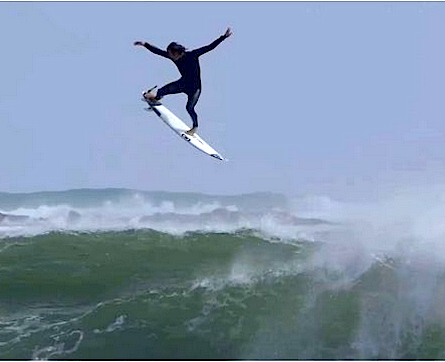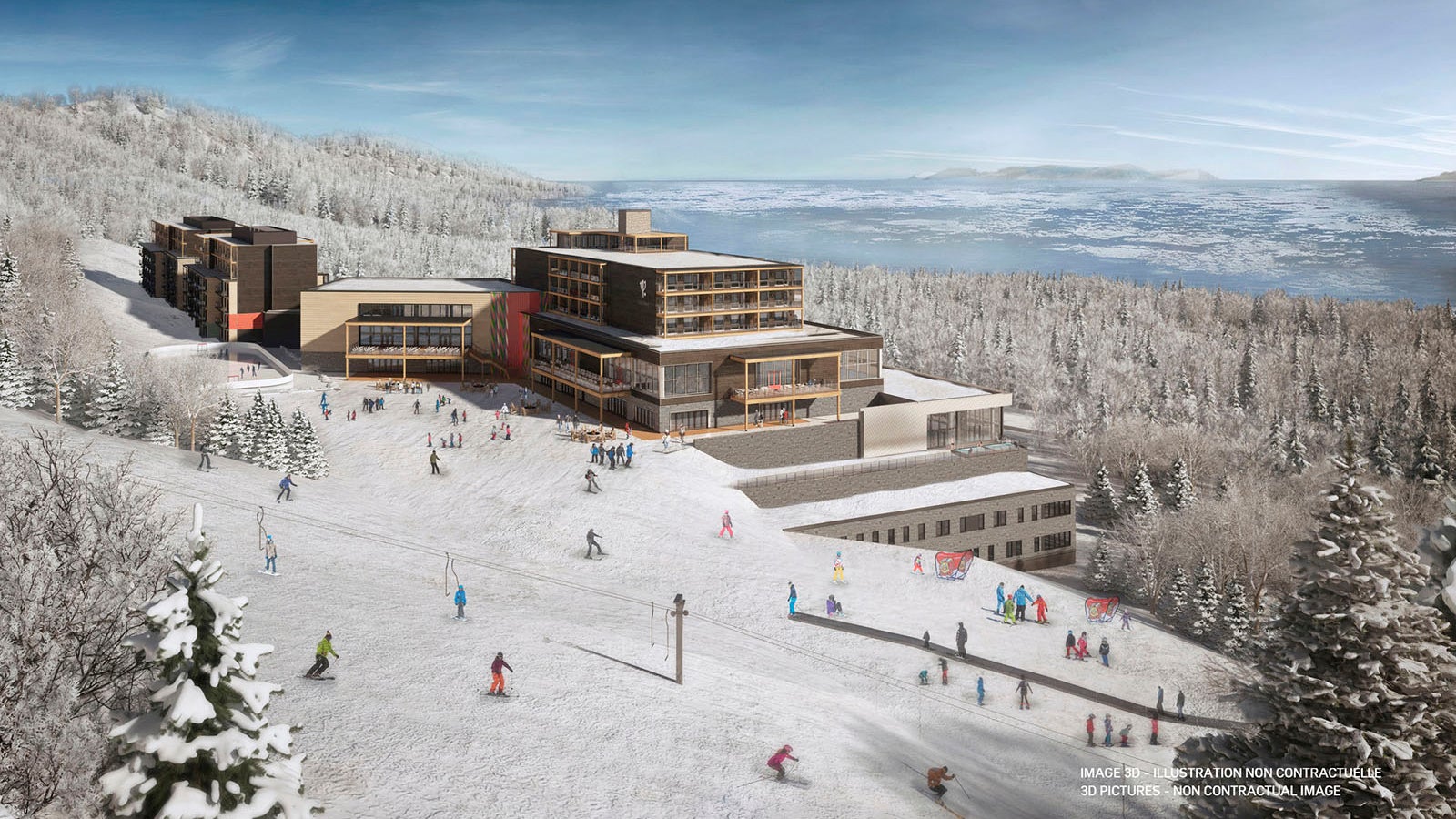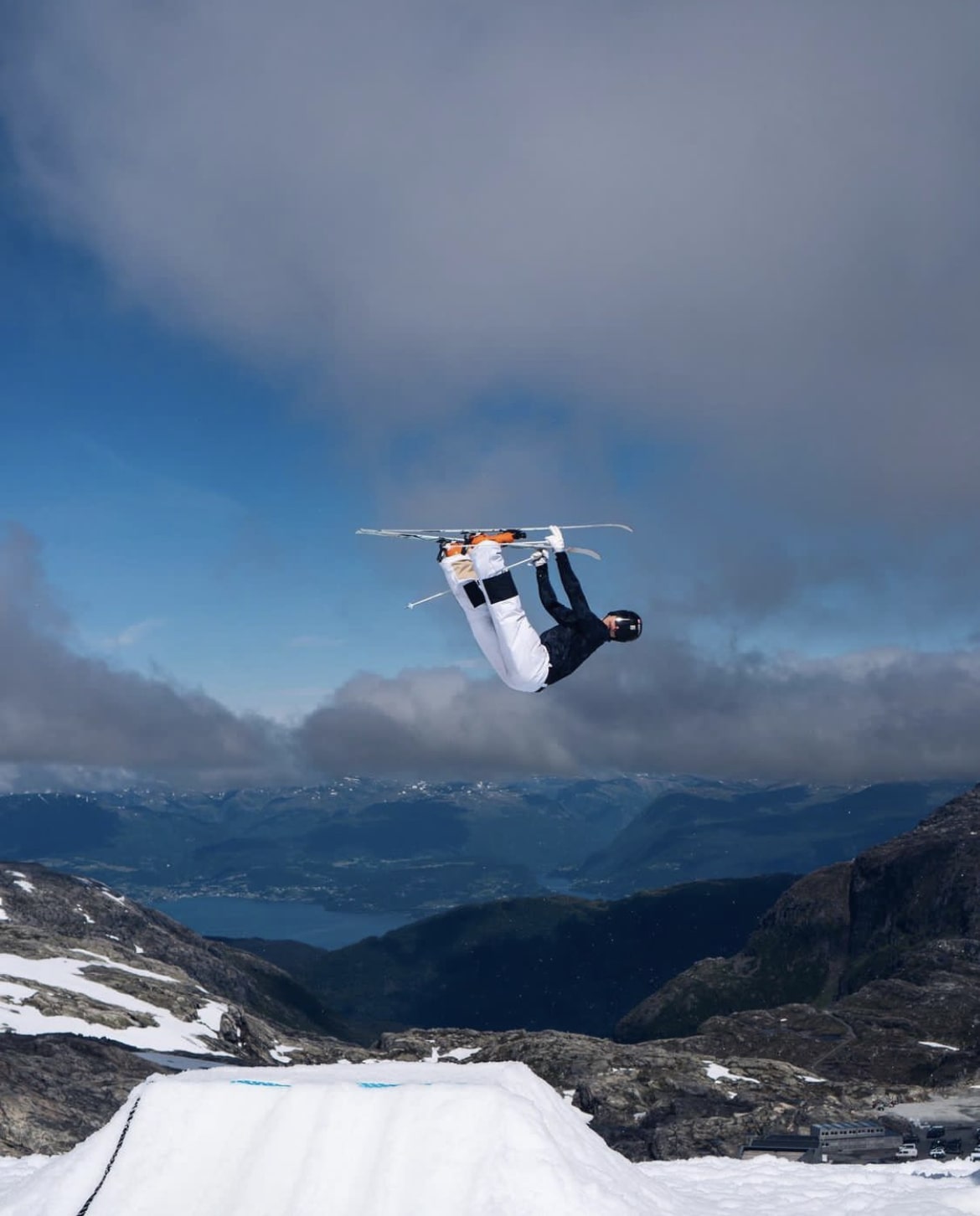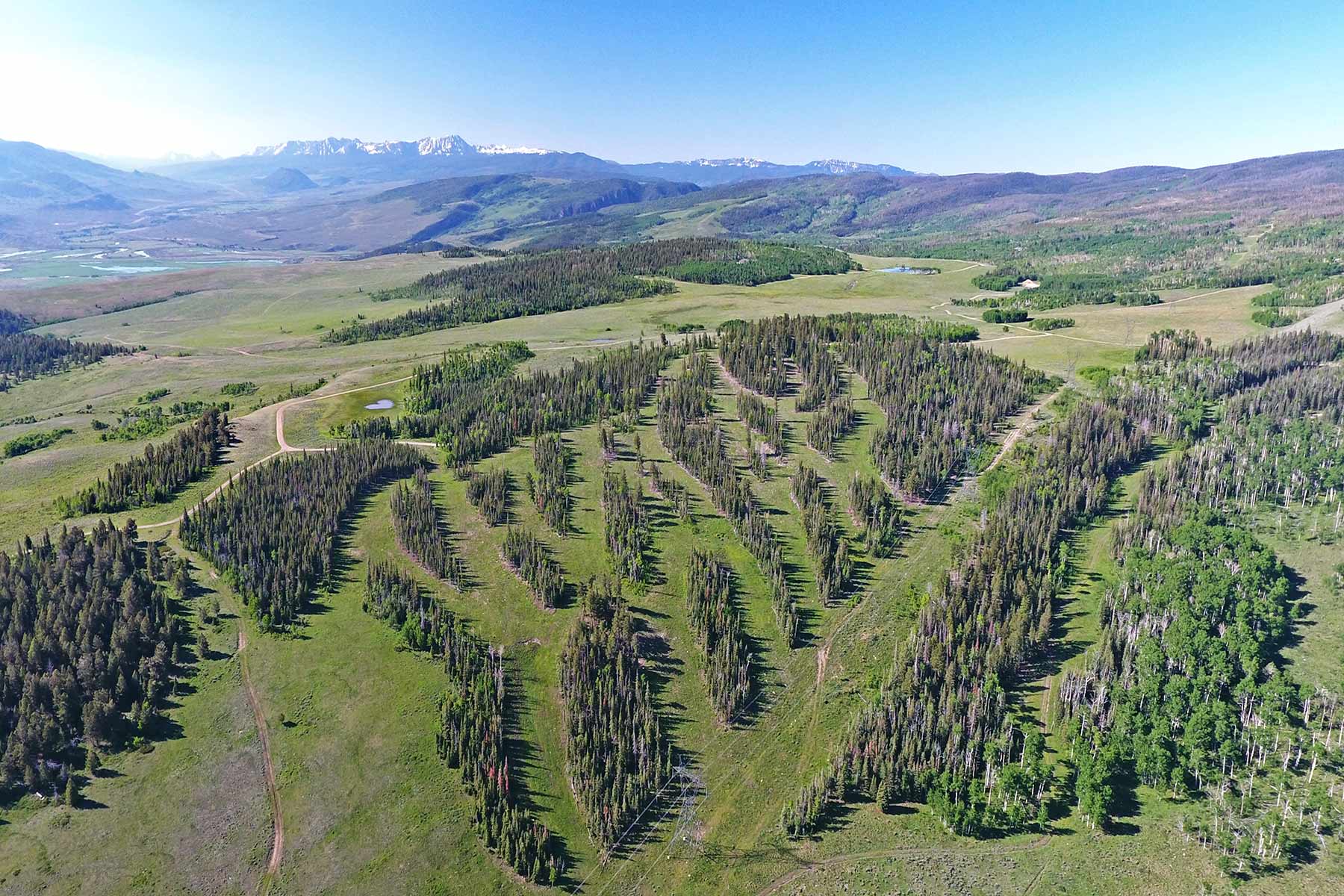[this article is sponsored by evo.com]

For the 2014-2015 season, Atomic has expanded their extremely successful Automatic model into three different widths: a 102, 109 and 117. They still have that Automatic shape you know and love, and now you can choose the size that fits your style and the conditions you ski in most often.
The 109 is the most versatile ski in the Automatic lineup. It’s a great ski for any and all snow conditions, and it is light enough to be a good touring ski. It is fun and playful and can also carve, but it is not stiff enough for heavier skiers who like to go fast.
PIck up a pair of the Atomic Automatic 109’s at evo.com: 2015 Atomic Automatic 109
I tested the Atomic Automatic 109 in a wide variety of conditions over the course of 40 ski days at Nevados de Chillan, Las Leñas and the Cordon del Plata. If you want to see more, here are trip reports of the Automatic 109 in action in Nevados de Chillan and Las Leñas, and the Cordon del Plata.
Length: 189cm
Dimensions: 135-109-125
Radius: 19.5m
Weight: 2.1kg
PIck up a pair of the Atomic Automatic 109’s at evo.com: 2015 Atomic Automatic 109

Shape
If you’ve skied past iterations of the Automatic, you probably already know that Atomic may have discovered the perfect ski shape to crush in all conditions. The 109 has enough tip rocker, shovel, pintail, and overall V shape to float well in powder. It has enough overall rocker to smear and slide easily, but still enough camber under foot for decent edge hold on hard pack. With a 19.5m turn radius (for the 189), this ski can rail GS carves on groomers, too.

Flex
I would characterize the Automatic 109 has having a medium flex, leaning towards the softer side. This could be an advantage or disadvantage, depending on your body size and skiing style. I weigh 150lbs and ski fairly fast, and found the 109 to be a bit soft for my liking. When trying to make big, fast turns in firmer snow or on afternoon groomers, the ski really begins to flap wildly, to the point where it’s difficult to maintain an edge.
On the other hand, if you have a more laid back style, the softer flex can be an advantage. You can easily flex the ski to change your turn size, they are very forgiving to any mistakes, and absorb bumps and changes in the snow at slower speeds.
I will say that these skis are a little too soft for their shape, for my body weight. That is, if you put the 109 on edge and make turns at the ski’s turn radius in firmer snow on steeper slopes, they’ll be vibrating out of control.

Weight
At 2100 grams in the 189, the Automatic 109 is a fairly light ski. I had them mounted with Atomic Trackers, so my setup was not super light overall. If you mounted these skis (especially in the 182 length) with a lighter tech binding, I think they would make a great touring setup. This may be one of the more interesting possibilities with the 109. It’s a great size, weight and shape for an all conditions, lightweight, backcountry ski.

Durability
My greatest concern with the Automatic 109 is durability. The bases are fairly thin and seem to get damaged easily. Granted, the Andes are a rocky, ski-destroying mountain range, and Las Leñas makes core shots like no other resort I’ve ever skied. That said, I probably put about 10 core shots in these skis in my 40 days on them this summer. On the bright side, even with all that wear and tear on the bases; the edges, sidewalls, and core are still in perfect condition. So those are solid, at least.

Powder
I was fortunate enough to ski the Automatic 109s in a wide variety of powder conditions – deep, shallow, heavy, light, and various levels of wind affected. They float and perform well for a ski that is 109 under foot. However, the difference with the Automatic 117 is noticeable. If you plan on skiing powder more often than not, you should probably get the 117 (or the Bent Chetler, for that matter). The vast majority of the time, I was pleased with this ski’s performance in powder. However, we did have a couple days in Las Leñas with heavy, waist deep snow, where I struggled to keep the 109s afloat. Again, go wider if you plan on skiing conditions like this on a regular basis.

Groomers
These skis can really rail on groomers. Their 19.5m turn radius and medium flex allows them to make easy GS-sized turns, or with a bit of tip pressure and flex they can tighten up towards slalom turns. As long as you aren’t going too fast and the groomers don’t get too bumpy, they are a lot of fun. If things do get fast and bumpy, their softer flex and their shorter edge contact (due to rockered tip and tail) make them tougher to control.

Crud
The 109 has a fun, versatile shape for variable snow conditions. As long as you’re not going too fast, they move through crud well. They can make smooth, round turns with ease, and you can also release the tail quickly and go sideways in a pinch. However, they are a little soft and have a little too much side cut for really charging fast in variable snow. They begin to feel a little hooky and unstable as the speed increases.

Conclusion
The Automatic 109 is a fun, versatile ski for any and all conditions. If you are smaller or don’t ski too fast, this ski will be perfect. It is also quite light, and would make a great touring ski. The bases are not very durable, so I wouldn’t recommend them to someone who is very hard on gear.





